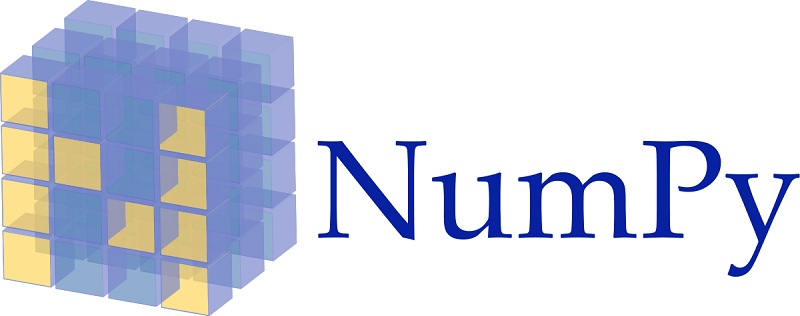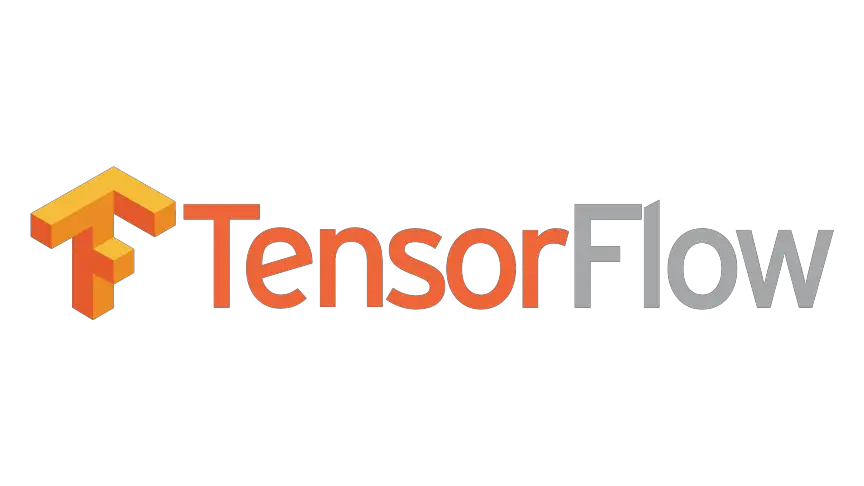This article covers the best Python libraries out there.
A language that relies heavily on it’s library, Python has amassed hundreds of thousands of libraries over the years. Here we have selected over a dozen of Python’s best libraries to show case their abilities.
The libraries mentioned in this article will cover a wide range of topics such as Game Development, Machine Learning and AI, Web Scraping, GUI development and more.
The Importance of Libraries
One of Python’s major plus points is it’s massive arsenal of powerful libraries. Anything you can think of, Python has a library for it. Face recognition? OpenCV has you covered. Web Scraping? BeautifulSoup is here for you. Game development? Pygame is a good option.
And it’s not just one library either. You will often find multiple libraries, each with it’s own pros and cons, each suited for slightly different tasks. For instance, let’s take Scrapy and BeautifulSoup. Both of them are Web Scraping libraries, yet both have their own separate user bases. I mean, normally you would think that they would be competing with each other, right? However this isn’t really the case.
Both have their own target audiences. BeautifulSoup is for the average programmer. It’s easy to setup, and easier to learn (as compared to Scrapy). Scrapy on the other hand has much more features, but is harder to master than BeautifulSoup. Hence, Scrapy attracts those who want to create something powerful, and have the determination to carry it out.
Another plus point for Python is how easy it’s libraries are to set up. As someone who started with Python first and then learnt C++ and Java, I found the installation process much more hectic. It would take me less than 5 mins to get a library in Python installed, whereas I once spent several hours setting up a similar library in Java.
Python Libraries
Here’s a list of the Libraries that we’ll be discussing here today.
- OpenCV
- Scrapy
- BeautifulSoup
- TensorFlow
- Requests
- Numpy
- Pygame
- PyQt5
- Pyinstaller
- MatPlotlib
- Pandas
For the sake of keeping things interesting and informative, we will not be including any small libraries such as Datetime or random. Though very important and essential in their own right, they are already very well known and not large enough to be discussed in depth here. You can learn more about these types of libraries on our site, here.
OpenCV

One of the most well known Python libraries in the field of Image Processing. OpenCV is commonly used to build detection systems such as Facial recognition, Object detection and other related systems.
Due to a lack of proper documentation and information, according to many developers it is one of the hardest libraries to learn. It’s easy enough to come up with something simple by following a tutorial, but mastering this library is a truly difficult task.
Scrapy
Scrapy is an all-in-one Web Scraping library that comes with every bit of functionality you’ll ever need while web scraping. Connecting to websites over the internet? Check. Extracting Data from the web? Check. Link and Web Crawling abilities? Check.
Special mention for BeautifulSoup here. If I had to recommend a Web Scraping library, I would probably recommend BeautifulSoup over Scrapy. Speaking from personal experience, learning BeautifulSoup is significantly easier compared to Scrapy.
It doesn’t have a alot of features that Scrapy does unfortunately, like the ability to natively connect to a website (It requires the request library) and unlike Scrapy it lacks web crawling abilities as well which you cannot do without in a serious web scraping project (Rotating Proxies, User Agents, Throttling, Link Following etc.)
Despite it’s simplistic nature, BeautifulSoup is enough for the average web crawling job. I would only recommend Scrapy to someone significantly skilled and Python is trying to pull of some complex web-scraping job.
Pygame

The most popular and well known game development library in Python. Pygame brings in support for Graphics, Audio, Sprites, Keyboard and Mouse handling and many other things you’ll need while developing a game.
Game development is a tricky thing that requires a powerful and well written game engine. Furthermore, the language is which it’s written is also important.
Pygame suffers from two issues. One being that it’s written in Python, which is notoriously slow as compared to other languages like C++ and Java. Secondly, Pygame isn’t exactly the most well-written library either. It’s rather old and outdated and isn’t very efficient.
Despite all these, I would still recommend it if someone is looking for Game Development in Python. Why though? Because Pygame isn’t meant for the creation of full 3-D massive open world games. It’s meant for the average user to be able to experience game development and create simple 2-D games.
Simply put, if you’re serious about making a full proper game, use a proper game engine such as Unity or Unreal Engine (Written in C++). If you’re just looking to create some 2-D games and have some fun, Pygame is a great choice. You’ll get to learn all kinds of game development concepts that are actually used in commercial games.
Numpy

Alot of people start off using Numpy (Numerical Python) to create Arrays in Python as they aren’t natively supported. Numpy not only brings in support for the creation of multi dimensional arrays and matrices, it also brings in a massive number of functions to manipulate and operate on the arrays and matrices.
It also has a large number of power mathematical functions for Numerical Computing. In fact, many Libraries that require such computing are actually built using Numpy. From simple addition to calculating the dot-matrix product of two arrays, Numpy’s speed and efficiency in these calculations is matched by none.
Matplotlib

Matplotlib is a Statistics and Visualization Library. By “Statistics” we are referring to Matplotlib’s ability to handle data and use it to create a wide variety of different Charts and Graphs. By Visualization we refer to Matplotlib’s ability to create high quality static, animated and interactive graphs.
Another plus point is that it can be integrated together with many third party libraries. Speaking from personal experience, Matplotlib’s graphs can be plotted, updated and displayed on the Canvas Widget in Tkinter, allowing you to create a GUI with a Dynamically changing graph.
Pyinstaller
A pretty simple library, but it performs a very important role. When distributing software to your customers you can’t just hand them a .py for various reasons. One, you don’t want someone to get their hands on your source code of they will just distribute it themselves. Pyinstaller helps to minimize the possibility of this happening.
The second problem is about dependencies. When you use a library, what is the first thing you do? Download and install it of course, you can’t use the library unless you actually have it first. But what makes you think that your customer will have these libraries on his computer? This is where Pyinstaller comes in.
Pyinstaller bundles your .py file into an .exe (solving problem one) along with all the dependencies (Python + Libraries) that your script will need to run on an external computer. You can also take a look at the Auto-Py-to-Exe library which performs the same task, but with an actual GUI.
TensorFlow

TensorFlow is a free and open-source library for Machine Learning and Neural Networks developed by Google. It has a comprehensive, flexible ecosystem of tools, libraries and community resources that help developers build and deploy Machine Learning powered applications.
You can also checkout other options like PyTorch, a rising competitor in the field of machine learning.
Requests
The Python requests module lets you easily download files from the Web without having to worry about many complicated issues such as network errors, connection problems, and data compression.
The requests module was created as a better alternative to the Python urllib2 module, which has unnecessary complexity and an overall lack of features when compared to the requests library.
You’ll find Requests being used often with libraries like BeautifulSoup which require requests to first make a connection with a website before they can begin their work.
PyQt

Qt is a free open-source toolkit for creating graphical user interfaces (GUI) as well as cross-platform applications that run on various software and hardware platforms such as Linux, Windows and Android. If you haven’t guessed already, PyQt is the Python Binding of Qt that allows us Python users to use Qt in our programs.
Honorable mention for Tkinter as well, the more commonly used GUI library. However, PyQt is newer, more modern and has better cross platform compatibility. We had to pick one for this list, so we picked PyQt. You can see a full comparison between the two libraries if you’re interested.
Pandas

Pandas is a Python library created for Data Analysis and Manipulation. The Pandas library is used in a wide range of fields including finance, economics, Statistics, analytics, etc.
When it comes to handling, reading and writing data to all kinds of different files (CSV, JSON etc.), Pandas should be the first library you turn too.
This marks the end of the Best Python Libraries article. Any suggestions or contributions for CodersLegacy are more than welcome. Questions regarding the article content can be asked in the comments section below.
